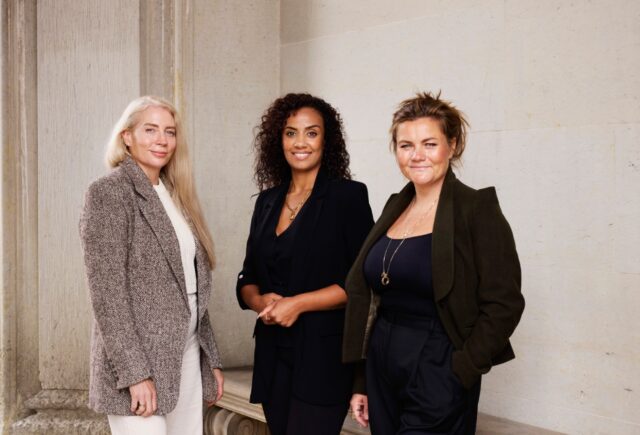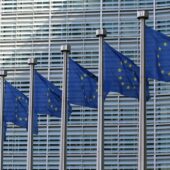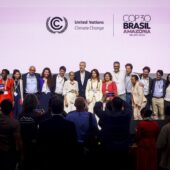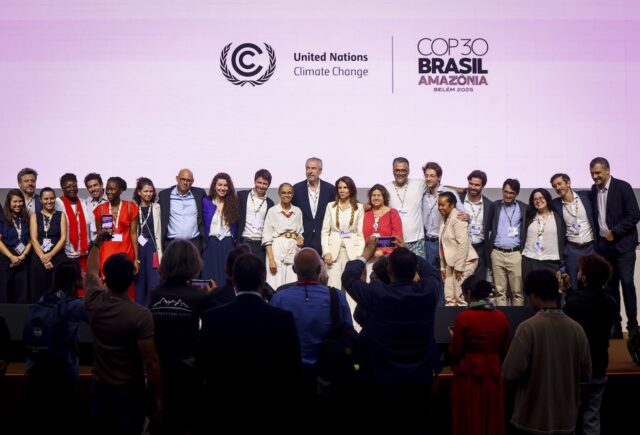Millions of financial support have been mobilised for off-grid energy companies in need due to the Covid pandemic. But how do fund managers ensure it’s disbursed fast and effectively to those most in need?

Impact Investor put this question to Asad Mahmood and Ari G D of Social Investment Managers and Advisors (SIMA). It is one of the managers allocating the emergency support from the $80mn Energy Acces Relief Fund (EARF), which was convened by Acumen, the non-profit venture fund focused on tackling the causes of poverty.
The fund’s first close ($68mn) in early September marked the latest international financial support for small and medium-sized energy providers – mainly in the off-grid solar sector – whose businesses have been severely disrupted by the impact of the Covid pandemic. The remainder of the fund is expected to be confirmed within the next few weeks.
The rationale for this and other similar recent initiatives is that these companies will fail if they don’t receive emergency financing to tide them over a difficult couple of years. This would leave a hole in the market that will set back the goal of reaching universal access to electricity by years (see our story in Impact Investor 35).
The EARF is the product of a partnership of sixteen governments, foundations and investors seeking to provide relief capital in the form of loans of up to 3.5 years tenure to around ninety energy access companies in sub-Saharan Africa and Asia.
It is backed by a long list of leading development finance institutions and foundations, such as the UK’s CDC Group, the US International Development Finance Corporation (DFC), Dutch development agency FMO, the Shell Foundation, IKEA Foundation, and the Rockefeller Foundation.
Challenging structure
SIMA’s Chief Executive Assad Mahmood says the structure of the fund takes his company into pioneering territory. “We’ve never used a fund of $80mn to do as many as 90 loans. Typically, we would do 30-35 [larger-sized] loans,” he says.
At the lower end of the scale, loans of some $50,000-$60,000 will be made to smaller firms with revenues of around $150,000-$200,000. At the top end, a maximum of four loans of up to $2.5mn will go to companies with revenues of up to around $25mn. Around three-quarters of loans are expected to be disbursed in sub-Saharan Africa.
The revenues for the fund generated by the handful of larger loans effectively subsidise the smaller loans. This structure helps realise the aims of the philanthropic institutions involved that want to target younger firms with a more limited credit history on the one hand, and the larger development organisations that require the principal on their contributions to the fund to be repaid on the other hand.
“Energy access is a big problem, and you can’t do it through just a handful of companies. You need to get all the energy companies engaged in it – small, large, different types – to achieve the scale necessary.”
Publicity push
Time being of the essence, SIMA has already allocated around a third of the available loans. These are based on expressions of interest received while the fund was being finalised during 2021.
“About 90 companies provided detailed information, of which 33 companies have been approved by our investment committee,” says Ari G D, SIMA’s Vice President for the South Asia region.
“We did this over the first nine months of 2021 so that the moment we closed the fund, we could fund those companies over a period of three to four weeks. This really serves the purpose of the relief fund, which is to provide timely capital to the companies.”
With two-thirds of loans still to be allocated, SIMA now needs to ensure that companies that could benefit know of the fund’s existence.
Digital application and screening process
Those interested can apply for a loan online on the SIMA website using a two-phase process, firstly by providing basic company information to confirm they are qualified, and then by completing a much more detailed survey.
In phase two, companies need to provide detailed financial information and also meet at least three (for smaller firms) or four (for larger firms) of six secondary criteria.
These secondary criteria relate to the company’s growth rate, its collections record, its cash balance, the management’s experience, whether it is women-owned and/or managed, and whether it services low-income customers.
The huge task of sifting through hundreds of applications, accompanied by audited data, company presentations and so forth, is aided by the use of the Odyssey investment and asset management platform for the distributed energy sector.
Odyssey automates much of the initial information gathering and analysis process, which saves time. But doesn’t that raise the possibility that incorrectly submitted applications from deserving companies whose personnel lack the requisite digital skills could be rejected by the automated system?
SIMA say they don’t let that happen. “The challenge is that many of these companies are small and medium enterprises that do not have a sophisticated CFO who can aid them with data submission,” says Ari G D.
“We give these companies a fair opportunity. If there are any gaps in the information, we ask them to fill them. Then, after at least one set of calls with the company, we make a judgement on whether it is eligible.”
Staged payments
Loans are being disbursed to successful applicants in stages to ensure they are being spent in accordance with the terms of the fund.
“We need to make sure our credit judgments are right, because, although this is not a grant programme, we don’t want to shut these companies down,” says Asad Mahmood. “If they default, we will maintain accountability for them, and we will ensure that they have the discipline to be successful so that they can pay us back.”
He says many of the loan recipients are young companies with limited track records and experience that benefit from careful monitoring. To that end, SIMA has engaged technical assistance providers with feet on the ground, such as World Bank and European-backed GET.invest programmes, to provide updates on the progress being made by the energy companies with which they are working.
Helping firms become more robust
Beyond the current recovery phase, the hope is that the loan programme also provides an opportunity to address structural, ESG, gender and other issues within firms receiving loans to get them into better shape to expand and survive in the long term.
“That idea is part of the objective of the EARF, because there are a lot of philanthropic interests involved, along with the fiduciary investors.”






